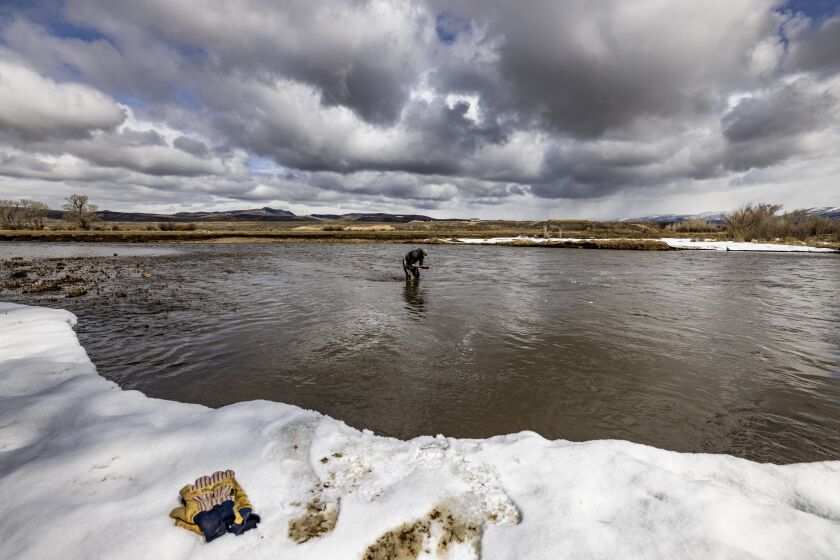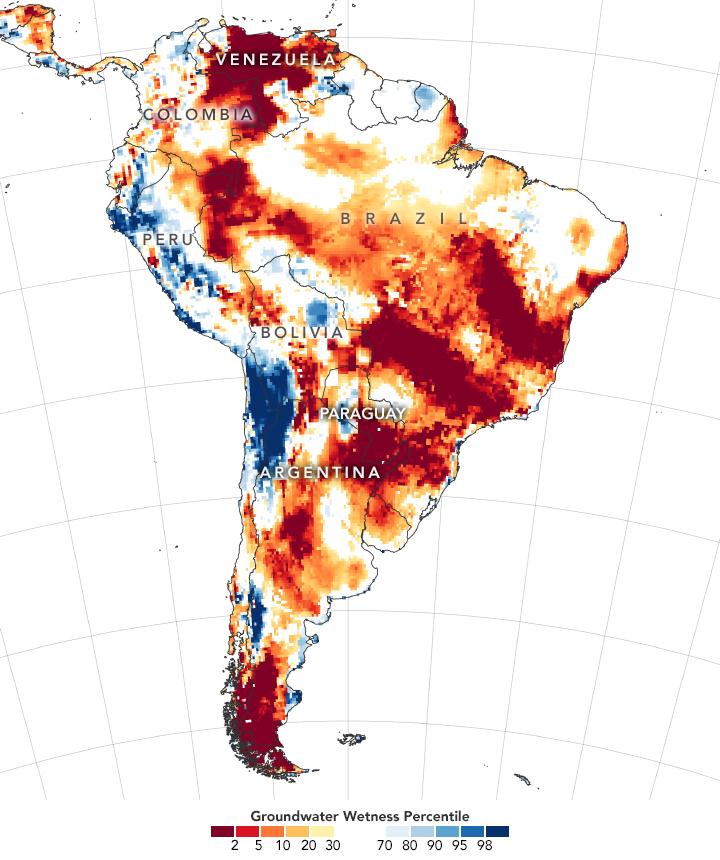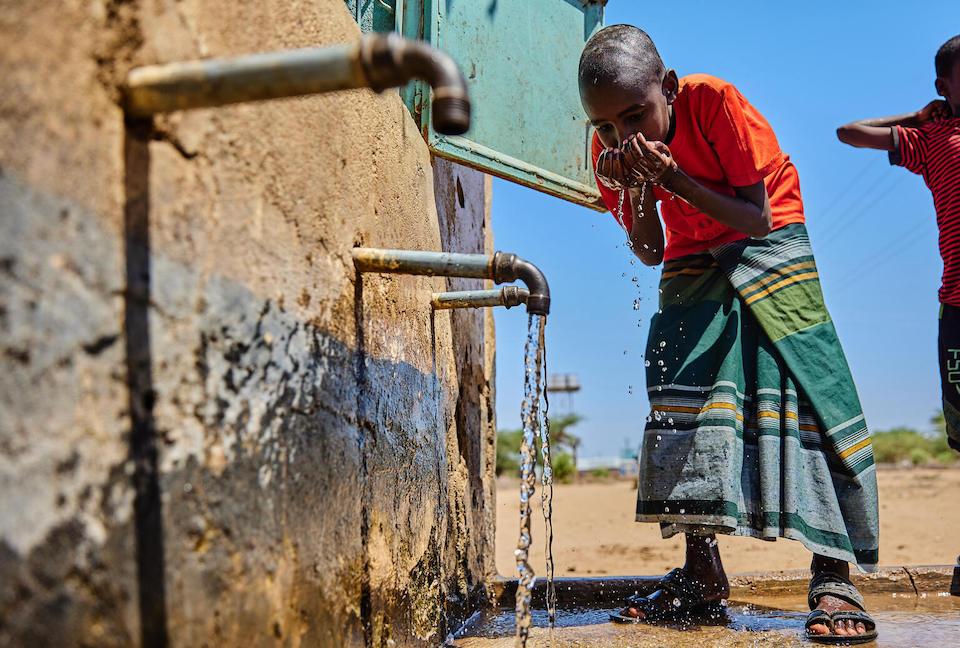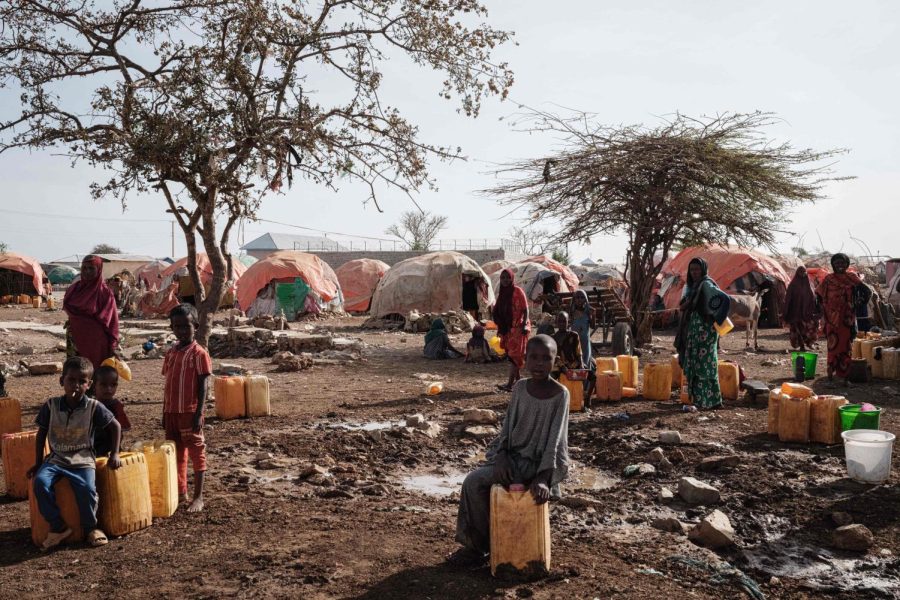Countries with the worst Conditions due to Drought.
In the state of Virginia, drinking water conditions are good, my question is how is your water situation in your country?
What can we do to improve the situation?
Be aware that this is a problem for the entire country and for all citizens. We can all save water, in our home, in our business or in the field. Consuming less water today and conserving clean water sources will allow us to have more water tomorrow.
What is a drought?
There are different ways to define a drought. CLICK HERE for more information. The main reason is the absence of rain. The current drought is meteorological. CHECK HERE to see what regions of the United States are experiencing drought.
A drought does not get solved quickly because it takes time to fill depleted reservoirs, as a consequence of a very dry previous hydrological year. Today there are many accumulated water reserves that are well below normal throughout the world.
Drought
A drought is a period of time when an area or region experiences below-normal precipitation. The lack of adequate precipitation, either rain or snow, can cause reduced soil moisture or groundwater, diminished stream flow, crop damage, and a general water shortage. Droughts are the second-most costly weather events after hurricanes.
Unlike with sudden weather events such as hurricanes, tornadoes, and thunderstorms, it is often difficult to pinpoint when a drought has started or when it has ended. The initial effects of a drought may be difficult to identify right away, so it may take weeks or months to determine that a drought has started. The end of a drought is hard to identify for the same reason. A drought may last for weeks, months, or even years. Sometimes, drought conditions can exist for a decade or more in a region. The longer a drought lasts, the greater the harmful effects it has on people.
Droughts affect people in a several ways. Access to clean drinking water is essential for all life, and sources of water may dwindle during a drought. Without the presence of water, people must bring in enough water from elsewhere to survive. Water is also needed for crops to grow. When not enough precipitation falls to naturally water crops, they must be watered by irrigation. Irrigation is possible only when there is enough water in nearby rivers, lakes, or streams, or from groundwater. During a drought, these water sources are diminished and may even dry up, preventing crops from being irrigated and causing them to die off.
One person studying these problems is Alexandra Cousteau, a National Geographic Emerging Explorer whose latest initiative is Blue Legacy. She started Blue Legacy to raise awareness that we live on a water planet and must take care of it. Cousteau, the granddaughter of the famed ocean explorer Jacques Cousteau, believes that water will be a crucial issue in this century. She predicts that water problems such as drought, storms, floods, and degraded water quality will create “water refugees:” people migrating in search of water. Cousteau stresses that we must do all we can to protect Earth’s valuable freshwater resources. LINK
Drought exists on every continent. How will we adapt?
Drought in North America
Colorado River in Crisis: A Times series on the Southwest’s shrinking water lifeline.
The Colorado River can no longer withstand the thirst of the arid West. Water drawn from the river flows to more than 40 million people in cities from Denver to Los Angeles and irrigates more than 5 million acres of farmland.
For decades, the river has been entirely used up, leaving dusty stretches of desert where it once flowed to the sea in Mexico. Now, chronic overuse and the effects of climate change are pushing the river system toward potential collapse as reservoirs drop to dangerously low levels. A water reckoning is about to transform the landscape of the Southwest.
Colorado River in Crisis is a series of stories, videos and podcasts in which Los Angeles Times journalists travel throughout the river’s watershed, from the headwaters in the Rocky Mountains to the river’s dry delta in Mexico. These stories reveal the stark toll of the river’s decline, responses that have yet to match the scale of the crisis, and voices that are urging a fundamental rethinking of how water is managed and used to adapt to the reality of a river that is over-tapped and dwindling.

Severe Drought in South America

Large parts of South America are in the grip of a serious drought. Signs of the drought began to appear in satellite gravimetry observations of southeastern Brazil in mid-2018, and had spread into parts of Paraguay, Bolivia, and northern Argentina by 2020.
“This is the second most intense drought in South America since 2002,” said Matthew Rondell, a hydrologist based at NASA’s Goddard Space Flight Center. “The calculation is based on the extent, duration, and volume of water lost during the drought as measured by the GRACE and GRACE-FO satellites.” A drought in eastern Brazil and Venezuela in 2015-16 is the only more intense drought on the record.
The map above shows shallow groundwater storage in South America on October 26, 2020, as measured by the Gravity Recovery and Climate Experiment Follow On (GRACE-FO) satellites. The colors depict the wetness percentile; that is, how the levels of groundwater compare to long-term records for October. Blue areas have more abundant water than usual, and orange and red areas have less. The darkest reds represent dry conditions that should occur only 2 percent of the time (about once every 50 years).
The long period of dry weather in central and southern South America has had widespread consequences. Many of the affected areas have faced unusually intense and widespread outbreaks of fire. Winter corn crops have suffered low yields, and the late arrival of spring rain has delayed new plantings of soy. On key rivers, the lack of water has hampered shipping. Several ships have run aground, and many vessels have had to reduce their cargo in order to navigate to and from inland river ports.
Drought in Asia
The Afghanistan Water Crisis and its Role in the Conflict.
A number of significant ecological threats have hindered the prospect of peace in Afghanistan, and many of these threats will likely continue to hinder peace in the future.
Some of these ecological issues relate to climate and climate change, some to geography and many relate to poor resource management and exacerbating human effects.
Deforestation has been a significant issue in Afghanistan since the Soviet invasion of 1979.
According to the United Nations Environment Program (UNEP) evergreen trees, predominantly oak and pine, covered as much as five percent of Afghanistan in 1979, but roughly half of those trees are now gone.
Fires lit during combat, deliberate deforestation to deny habitat for fighters and timber smuggling has contributed to the loss, but the primary driver is habitat construction and heating for Afghanistan’s fast growing population, which has ballooned from 13.2 million in 1979 to an estimated 40 million now.
Resources have long been driver of conflict in Afghanistan, with water being the most contentious.

Horn of Africa faces most severe drought in more than two generations.

When people think of drought they often think of Africa because it has always been a region that suffers from it. Drought is much worse in regions with failing governments.
Around 20.2 million children are under threat of severe hunger, thirst and disease – compared to 10 million in July – as climate change, conflict, global inflation and grain shortages devastate the region.
“While collective and accelerated efforts have mitigated some of the worst impact of what had been feared, children in the Horn of Africa are still facing the most severe drought in more than two generations”, stated UNICEF Deputy Regional Director for Eastern and Southern Africa Lieke van de Wiel.
The 2020-2023 Horn of Africa drought is an ongoing drought that hit the countries of Somalia, Ethiopia, and Kenya. The rainy season of 2022 was recorded to be the driest in 70 years.[3] With an estimated 43,000 dying in 2022.[4]
https://www.unicefusa.org/stories/dangers-deepening-children-caught-horn-africa-drought-crisis

Drought in Europe
Similar to North America, the economy and the government are stable but changing weather patterns and a population with growing consumption are having a negative affect. This past winter has been very dry and that followed a hot dry summer. This longer term pattern is creating drought problems in Europe.
https://www.wired.com/story/europe-drought-2023/
The video below shows that sharing water resources between states can become very political during times of drought; Some people have said that we will have “water wars” in some regions before the 21st century is over.

